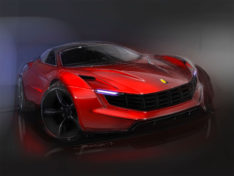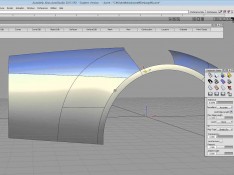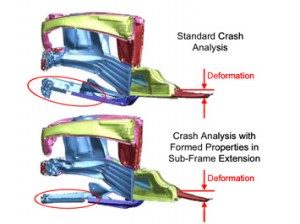VR Applications for reducing time and cost of Vehicle Development Process

Abstract/Summary
In the last decades the competition in the automotive market, in all segments, has become very strong. This motivation has pushed all OEM (Original Equipment Manufacturers) to develop complex and high technical products, with more and more variants, that satisfy the increasing customer requirements on style, quality, safety, comfort and environmental protection. OEM have tried to shorten the time-to-market of new products in order to better interpret the voice of the customers and implement these needs in the new product. They have also redefined their Vehicle Development Process (VDP), based on the use of a digital approach in the product development.
Starting from the conceptual stage of a new product, a conceptual Digital Mock-Up (DMU) of the product is built and it represents the reference model for all the following phases of VDP, down to the market launch and its use. CAE ( Computer Aided Engineering) engineers use DMU data to create their simulation models in order to analyse and monitor the performances of the new product.
Another important technology is Virtual Reality (VR) that today seems to be very integrated in the VDP. In fact VR is used in the fields of Styling, DMU and Physical Mock Up (PMU), Design, Ergonomics, Simulation, Digital Plant, Marketing and Sales. The VR Centre is becoming the place where the designer chooses the car style model, where the car development team executes DMU design reviews, analyses alternative solutions and deliberates product and process validation. VR represents a user interface technology that enables the interaction of the engineer with the virtual models of the car, thanks also to the immersion feature. VR allows, in fact, intuitive analysis and simple presentation of complex three-dimensional systems. Furthermore with immersive virtual environment, ergonomist can study the “man-car-environment” interaction and evaluate the comfort of a new car.
The expected benefits of using Virtual Technologies are, therefore, the reduction of development time (it enables the concurrent engineering), the reduction of development costs (better design through virtual pre-checks, less modifications and less PMUs) and increasing quality.
In the following paper we will describe the current use of VR in the development of new car models.




 share on Buffer
share on Buffer

